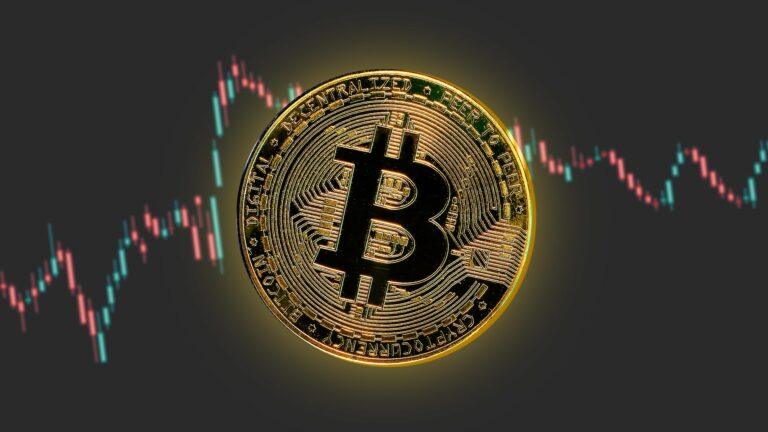The founder of Terra ($LUNA), Do Kwon, has recently said that the Terra Protocol’s leading decentralized stablecoin $UST is going to be the first internet-native currency implementing a Bitcoin standard as part of its monetary policy.
Do Kwon’s words came as he spoke to Bloomberg about the Terra protocol’s monetary policy and the growth of the UST stablecoin, partly driven by the Anchor Protocol’s nearly 20% interest rate on deposits in the cryptocurrency-
In its article, Bloomberg detailed that a near-20% interest rate isn’t achievable in regular banks nowadays, while Do Kwon argued that the high interest rate is a reflection of the level of returns decentralized finance (DeFi) can currently offer investors. Do Kwon was quoted saying:
It’s actually not unnatural for currencies of growing economies to offer higher interest rates than those of mature, stable economies. I think that’s going to set the thesis for what the Terra ecosystem is going to look like and its monetary policy.
While some DeFi projects have at times offered higher rates, such hasn’t occurred at the scale of Anchor and UST’s $15 billion market capitalization. Other products offer rates up to 5%, with blue-chip DeFi money market Compound offering nearly 3% on DAI deposits.
Anchor’s high rates, Bloomberg adds, play a vital role in creating demand for UST, meaning a sudden drop could test the cryptocurrency’s peg to the value of the U.S. dollar. Anchor pays deposits with money earned from lending UST to borrowers, in addition to staking rewards.
Anchor’s community has, however, recently noticed the protocol was burning yield reserves faster than expected, forcing $450 million to be injected into it to avoid rates from dropping. If the rates were to drop, analysts expect a scenario similar to one seen when there was a rush to withdraw UST from Abracadabra, another Terra-based protocol, that led to a 36% crash in the price of LUNA.
Do Kwon is, however, confident about the future of Terra and the LUNA token, so much so he recently took on two bets worth $11 million on whether LUNA’s price would rise above $88 next year.
Sensei Algod, who took the other side of the bet and called UST and Terra a Ponzi scheme, has argued that Anchor’s returns are “printed out of thin air.”
To Do Kwon, if UST is to keep growing, so is the price of LUNA, although he eventually sees Anchor’s returns drop to 7.5% to 12% as the DeFi market matures. The LUNA community, as CryptoGlobe has been reporting, recently launched an effort to improve UST’s peg to the U.S. dollar, specifically with BTC reserves.
Through the sale of LUNA and other methods, the Luna Guard Foundation has raised $2.2 billion to create a Bitcoin reserve for the stablecoin, with the goal of reaching $10 billion in the flagship cryptocurrency.
Notably, data from the blockchain suggests Terra has recently bought $125 million worth of BTC, with a Gnosis safe address associated with it transferring $125 million of USDT to leading cryptocurrency exchange Binance.
Commenting on the move, Kwon said:
UST is going to be the first internet native currency that implements the Bitcoin standard as part of its monetary policy
Terra is a Proof of Stake (PoS) blockchain in which LUNA is used to keep the algorithmic stablecoin’s peg to the U.S. dollar. While UST wasn’t so far backed by any assets in reserve, its value is fixed through the minting and burning of LUNA as users can always swap $1 worth of LUNA for 1 UST and vice-versa.
If the price of UST drops below $1, it can be swapped for LUNA and sold for $1, making it attractive for arbitrage traders. If it goes over the $1 mark, LUNA token holders can trade tokens for 1 UST for a profit. LUNA is minted and burned to enable these transactions.
DISCLAIMER
The views and opinions expressed by the author, or any people mentioned in this article, are for informational purposes only, and they do not constitute financial, investment, or other advice. Investing in or trading cryptoassets comes with a risk of financial loss.
IMAGE CREDIT
Featured image via Unsplash.









